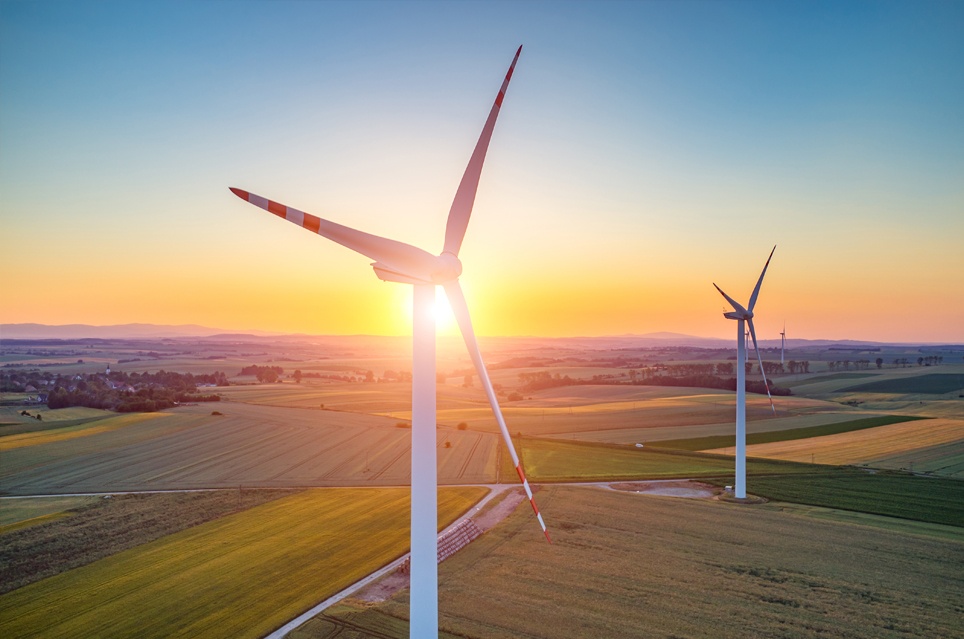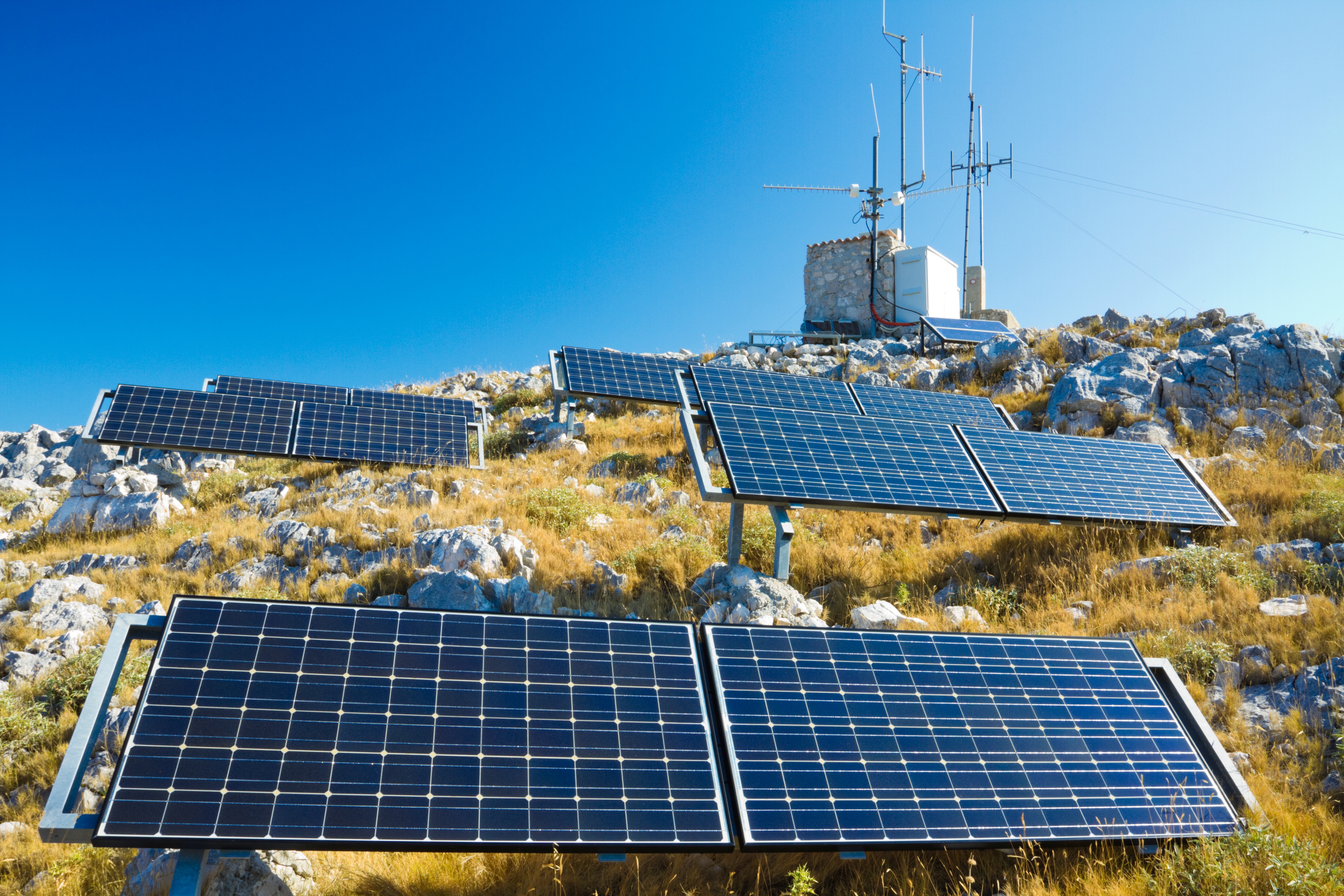While rail remains the most environmentally-friendly mode of transportation, there’s little doubt that the industry still has work to do to increase sustainability.
An explosion in global mobility continues to create environmental challenges, with transport accounting for more than 50% of fossil fuel consumption around the world.
Soon, even more people will be relying on the rail industry for their daily commute. We’re seeing an increased rate of urbanisation as people move from rural locations and cities become more densely populated.
A growing middle class in developing countries around the world will also significantly increase the number of people travelling. And as populations increase so does freight activity- adding to the strain on resources. If the rail industry was to rely on diesel to power this massive increase, the impact to the environment would be catastrophic.
Not only does the rail industry need to become more environmentally sustainable, but it’s guaranteed to be impacted by the effects of climate change. A recent report found that due to climate change, 57 of the London Underground stations are currently at a high risk of flooding and 23 are at significant risk.
Changing patterns of rainfall, higher summer temperatures, and more intense and frequent extreme weather events like storms, heavy rainfall, cold snaps, and heatwaves, along with higher sea levels will impact the resilience of the entire railway system globally.
A Greener Rail Industry
In the past, the rail industry was limited to diesel. Now, rail companies around the world are using alternative energy sources and finding new ways to save power.
For years, the rail industry has been working towards a reduction of greenhouse gases, less vibration and noise pollution in urban areas, lower emissions from diesel trains, and rail yard site and railway restoration. The industry has been focused on reduced greenhouse gas emissions through innovative technology such as liquid natural gas (LNG) powered trains.
In New South Wales, newer trains have been equipped with regenerative braking capabilities. This means that the traction motors save electricity by acting as generators when braking. Sydney Trains considers greenhouse and energy requirements, while participating in climate change initiatives like Earth Hour. The company has also installed water tanks at selected depots and stations and promotes water saving initiatives to the local community.
In the Netherlands, the rail network uses renewable wind energy. And the Indian Railway system has installed rooftop solar-panels to power passenger systems inside the train. We can expect more rail companies to turn away from diesel in the next few years, using renewable resources like wind and solar, hybrid solutions, and fuel cells combining hydrogen and oxygen.
The rail industry requires smart, innovative, and reliable power solutions. By moving away from diesel and choosing renewable off-grid options, rail companies can save money as they avoid rising diesel costs. This will also allow the entire industry to increase its environmental sustainability, ensuring that rail will be the greenest transport option both now, and in the future.
Looking for a new power solution for your rail company? We can help. Get in touch today to learn about our DC/DC converters.




